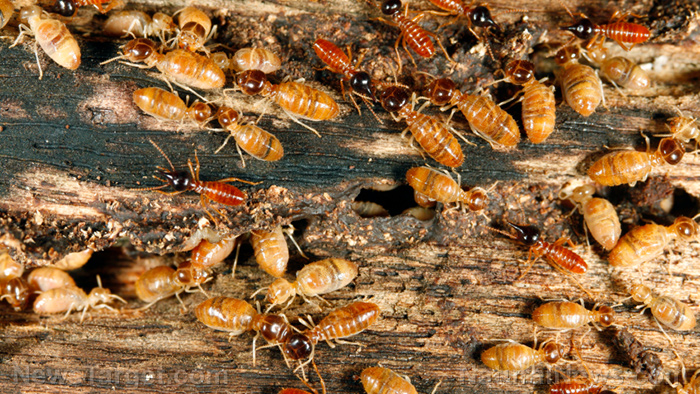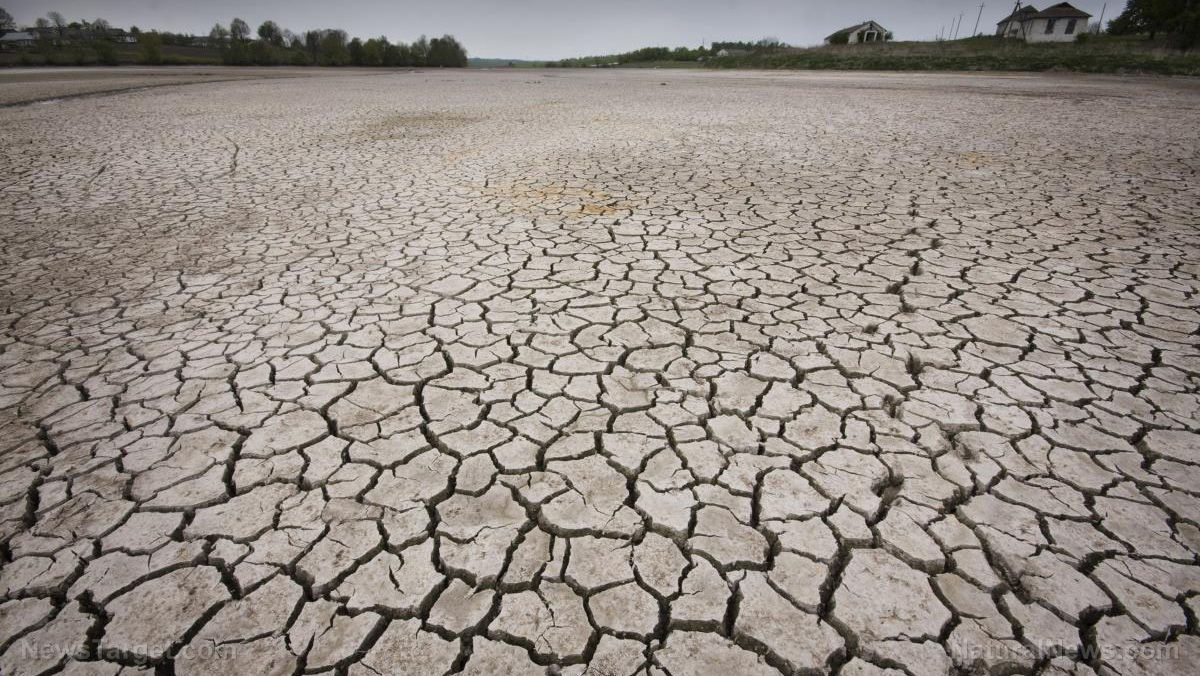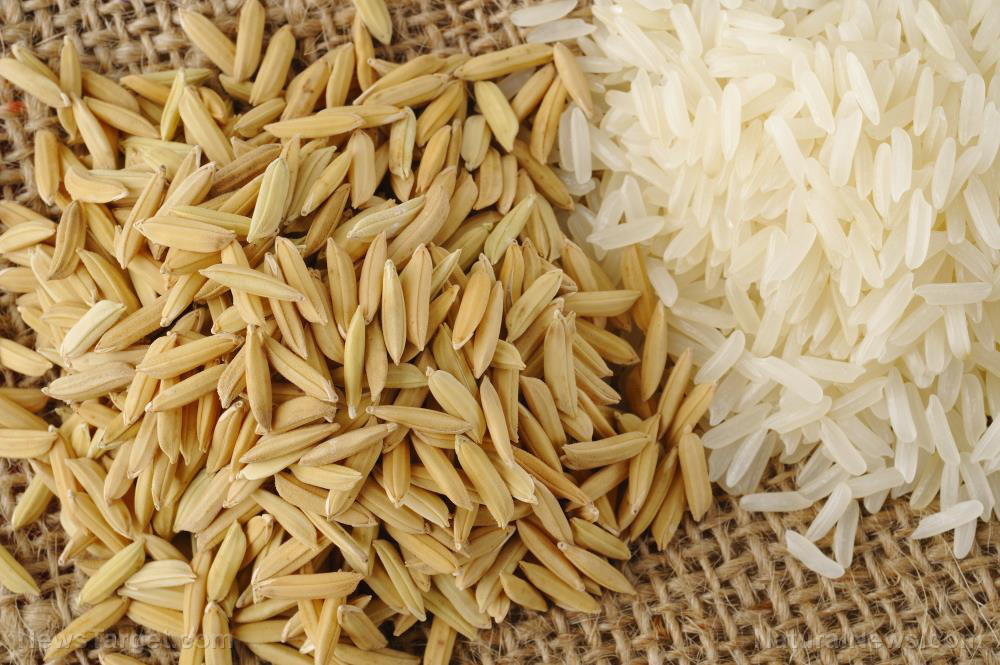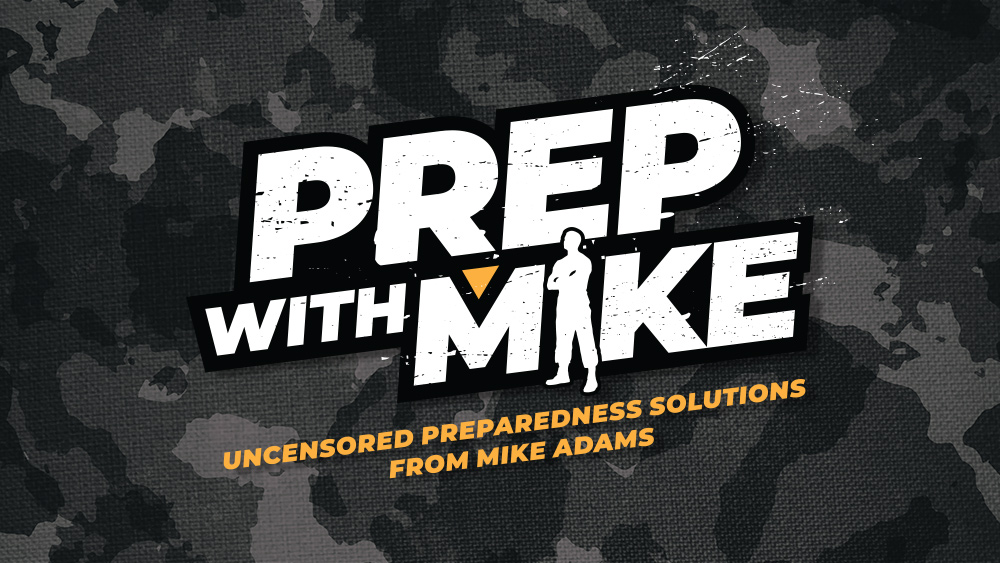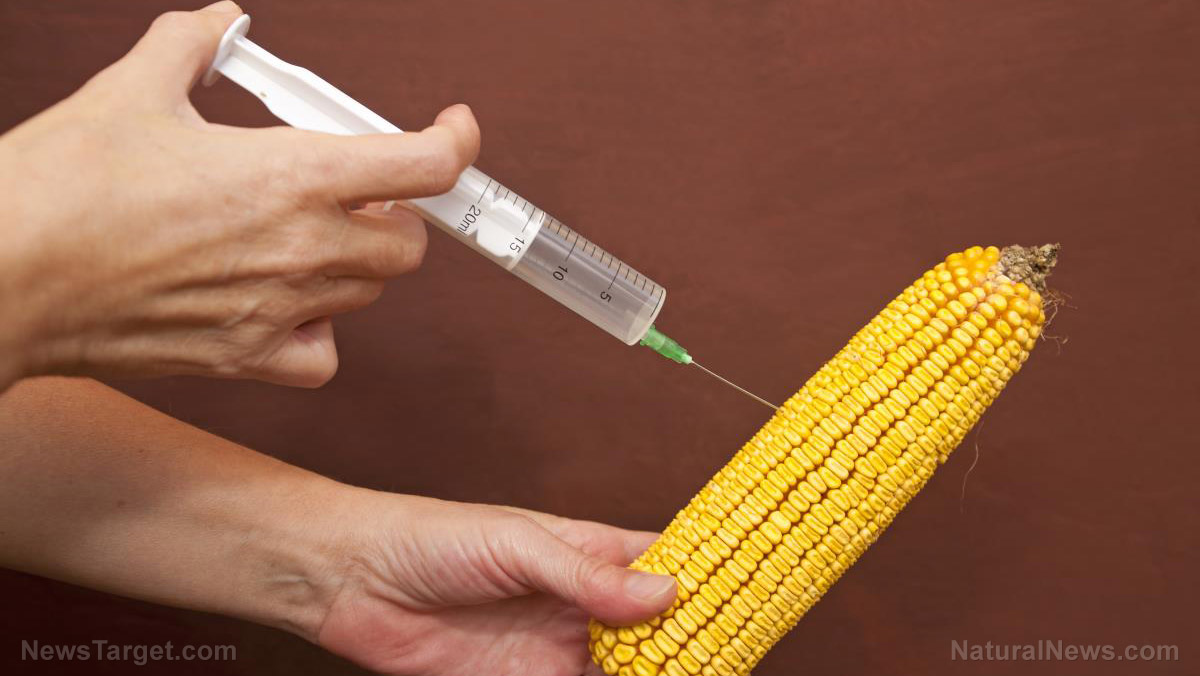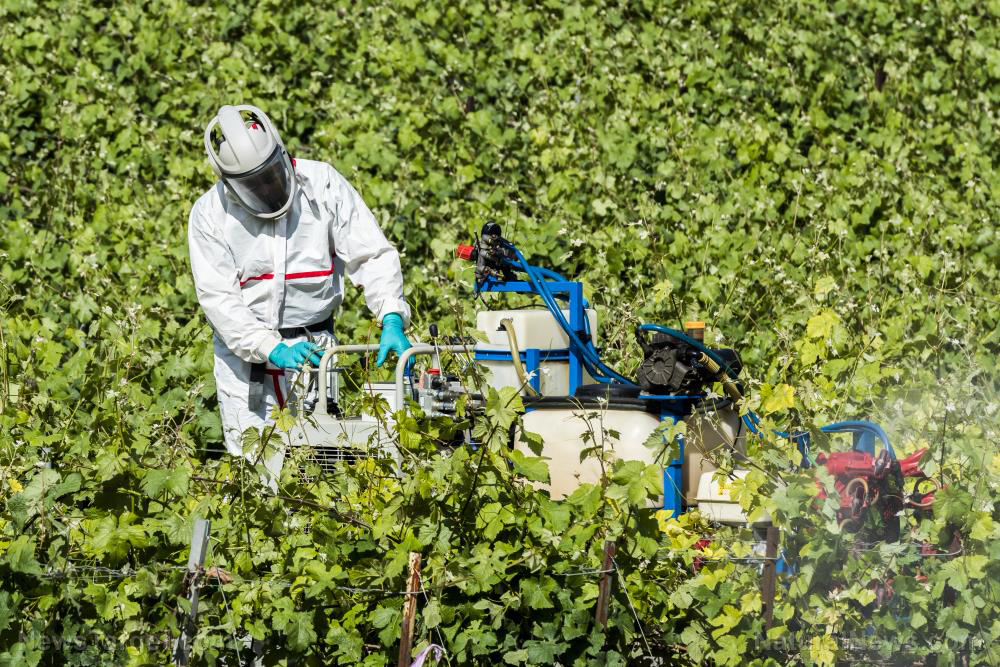Children growing up in areas with food insecurity more likely to experience developmental problems instead of obesity
09/11/2020 / By Virgilio Marin

A study published in the journal Pediatrics found that food insecurity significantly increases a child’s risk of having poor health and experiencing developmental problems.
The researchers said that the risk of obesity, however, is not higher than that of a child growing in a food-secure household — but with an exception. They noted a steady rise in obesity rates as the children grew out of infancy, observing an increased risk of obesity among children two to three years old living in a food-insecure household.
Obesity not out of the picture
According to the United States Department of Agriculture, food insecurity refers to the lack of consistent access to enough nutritious foods due to financial constraints. Food insecurity is especially harmful to children, who require adequate nutrition to support their growing needs.
In the study, the researchers investigated how food insecurity may be linked to obesity, underweight issues and stunted growth among children below four years of age. They drew data from more than 28,000 racially and ethnically diverse children from low-income households in five U.S. cities that are included in Children’s HealthWatch, an ongoing network of pediatric and public health researchers that study the link between economic hardship and health development of children.
Analysis showed that food insecurity is associated with a significantly higher risk of poor health and developmental delay, with the odds tending to increase as children get older till age four.
A higher risk of obesity is not found among food-insecure children except for those between two and three years old. These children exhibit a 24-percent increased risk of obesity compared to children who lived in households that were food secure. However, those from the poorest households did not show a higher risk of obesity.
According to the researchers, toddlers during this age start to try out adult foods, which in food-insecure households are often poor in nutrients. Furthermore, kids become picky and hesitant to try other foods during this age period. It’s possible that they may turn to more snack foods.
Results also show that obesity rates steadily rise as food-insecure children grow up. Nearly 24 percent of those within three to four years old are obese compared to only 13 percent of those within one to two years old.
Given the findings, the researchers recommended that health care providers follow the guidelines from the American Academy of Pediatrics to screen and manage food insecurity. This involves engaging children’s guardians to open up about concerns over getting enough food and to provide them with access to government-sponsored food assistance programs and local food pantries. (Related: Food stamp program creates dependents without improving nutrition or food security, according to study.)
Childhood food insecurity worsens amid pandemic
Due to the COVID-19 pandemic, food insecurity in America is escalating as it reached rates that rival those during the peak of the 2008 Great Recession.
The U.S. Census Bureau polled households whether it is often, sometimes or never the case that children below 18 years old “were not eating enough because we just couldn’t afford enough food” over the last seven days.
About 16.5 percent of households answered that this is sometimes and often the case during the week of June 18 to 23, 2020. This is 5.5 times more than 2018 rate of three percent. When converted, approximately 13.9 million children lived in a household experiencing child food insecurity in the third week of June, which is 2.7 times more than the record of 5.1 million during the peak of the Great Recession.
This rate only accounts for households with children, and it will only get higher if the numbers for adults who do not get enough food are incorporated.
Starvation.news has more on food insecurity amid economic collapse.
Sources include:
Tagged Under: America, children's health, Collapse, developmental problems, food insecurity, food security, infant's health, obesity, pandemic, poverty, stunted growth, underweight
RECENT NEWS & ARTICLES
COPYRIGHT © 2017 FOOD COLLAPSE



